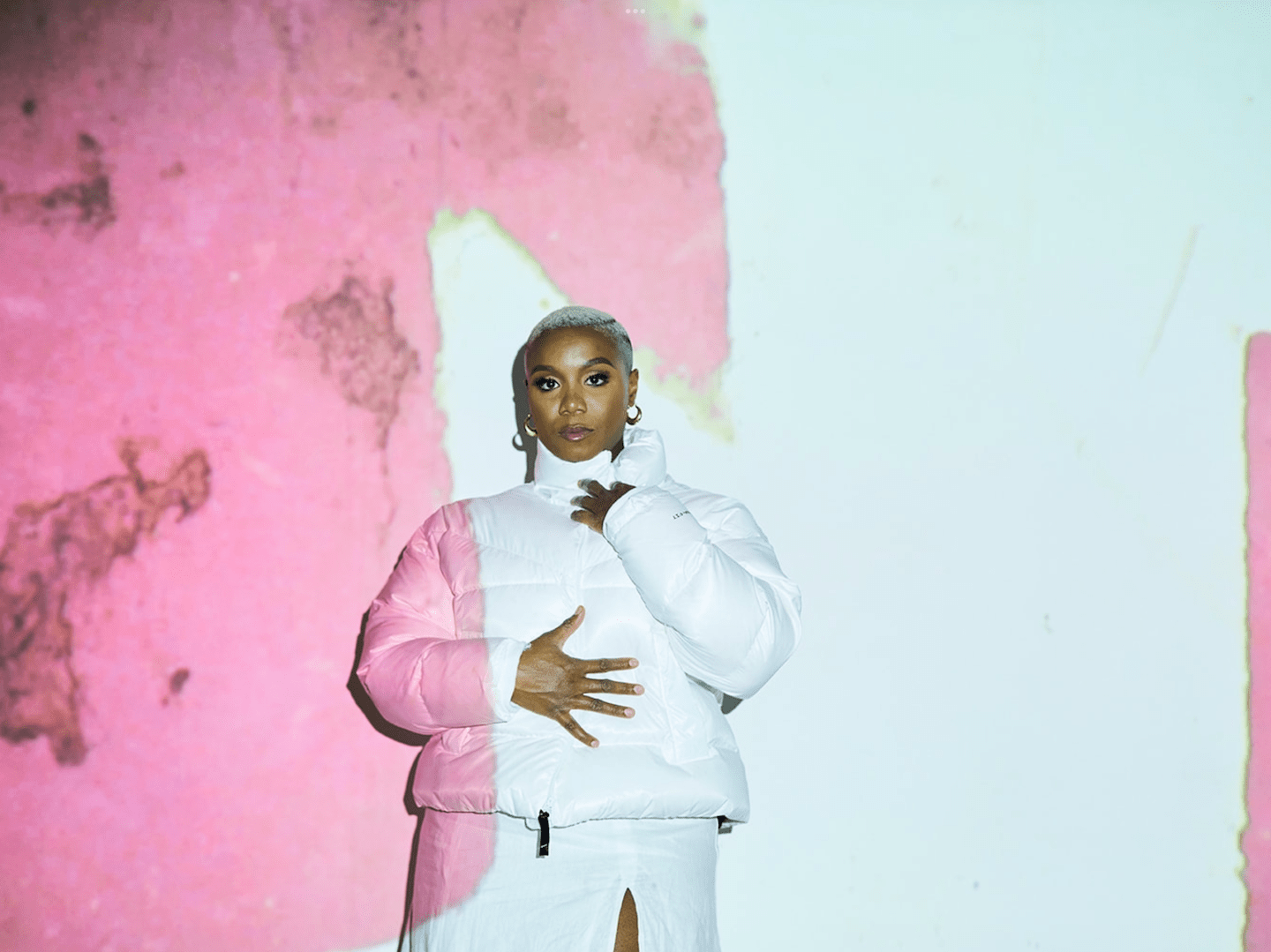The first time I meet Ja’Tovia Gary is at a sunlit cafe in Williamsburg. It’s late summer and she has arrived a couple of minutes early, already nestled into her seat, waiting with a cool iced beverage. As we move into conversation, her warmth matches that of a wise old friend with a sharp sense of humour. She shares details generously: she doesn’t like the taste or texture of eggs, and her birthday is next week. It just so happens it will overlap with the programming schedule for Black Star in Philadelphia — a film festival showcasing narrative, documentary and experimental features by Black and Brown filmmakers — where she’ll premiere Quiet As It’s Kept, a “cinematic response” to Toni Morrison’s The Bluest Eye that probes themes of intimacy between Black women.
It’s one of a series of installations and exhibitions Ja’Tovia has had this year: You Smell Like Outside at Paula Cooper Gallery in February, I Know It Was The Blood at Dallas Museum of Contemporary Art through October, and The Giverny Suite at the Museum of Modern Art in New York. While many will consider her to have ‘made it’, Ja’Tovia is careful to maintain a sense of humility, influenced in part by the words of Maya Angelou: “I don’t pick it up, and I don’t put it down.” Ascribing too much value to high praise, the author and poet warned, exposes you to high risk should critical tides turn.

“I’m very excited for all of the doors that are opening and the ways that the work is received and experienced,” she says. “I’ve been at this for a minute. I was waiting tables. It’s not something that I take lightly. I try to stay humble about it because things can change. I remember what it took to get here.”
Ja’Tovia notes playfully that she is a Leo, the astrological sign known for it’s tendency toward pride, making it especially important to keep ego in check. It’s something she is mindful to consider quite intentionally. “I was raised by preachers and I have a really intense spiritual practice. I do not see this as just me out here flexing. I’m very much a vessel for something else to move through. It’s something that I pray about every day — that it is sustained, and that it sustains me.”
This connection between spirituality — which she practices in alignment with West African spiritual traditions — and creativity has always been at the core of Ja’Tovia’s identity. In fact, it all runs “hand in hand,” she says. Growing up, her parents brought her to church three or four times a week. It was there that she discovered a kind of performance and storytelling uniquely present in the Black church, absorbing tools and techniques that would later influence her own approach to making art. “I feel like that’s very much a bedrock for a lot of the work that I do now,” she says.
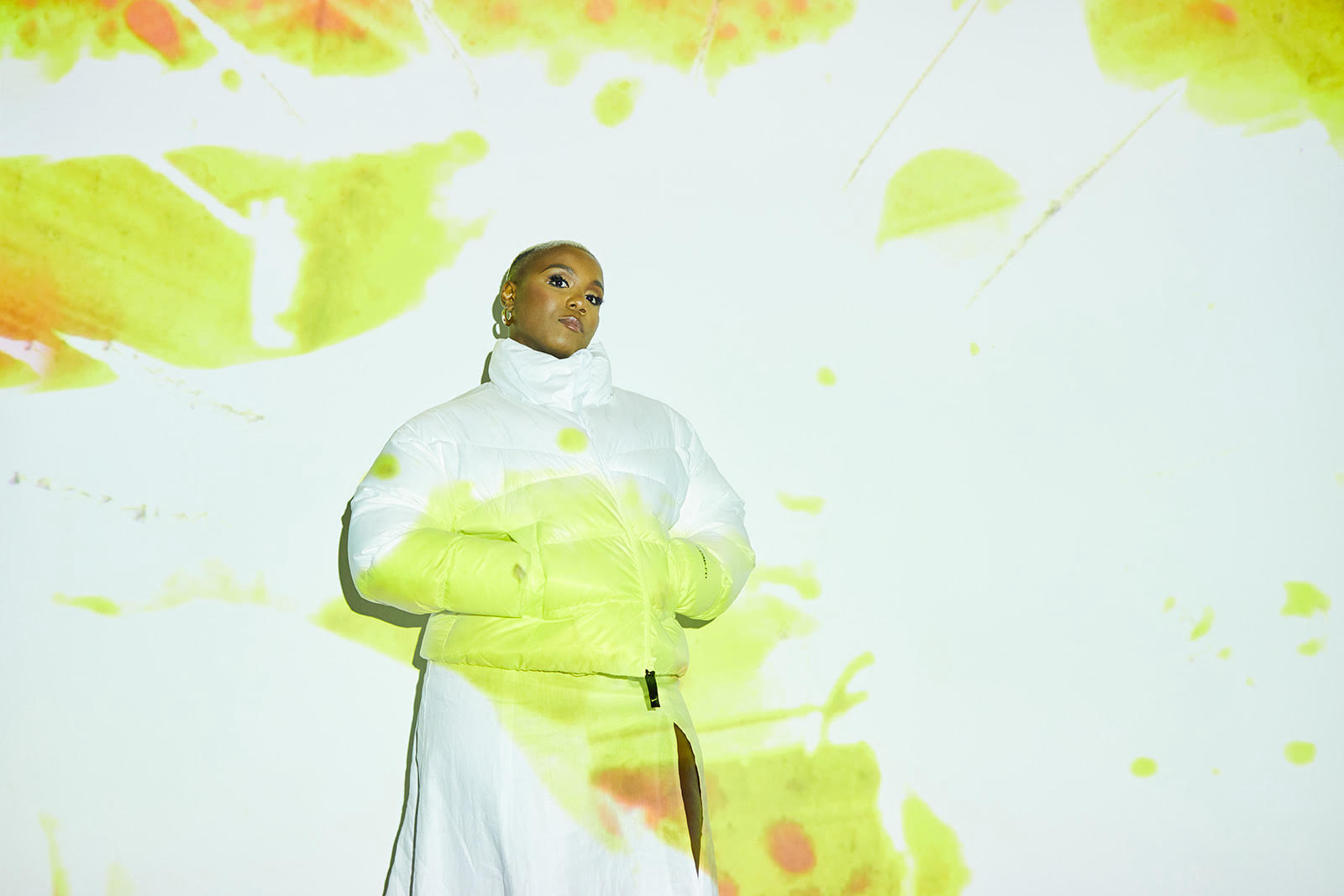
Ja’Tovia describes her childhood self as peculiar, headstrong and wilful, determined to pursue her creative experiments past the point that most parents are willing to tolerate. “Most people are really artistic and creative as children and they kind of wander away from it,” she says. “They have to, you know, settle.” From the earliest age, she remembers moving the furniture out of her living room so that she and her brother could stage performances mirroring the music videos that were playing on television. “One of our favourites was Janet Jackson and Michael Jackson,” she shares, referring to 1995’s iconic “Scream”.
As time went on, she began designing her own T-shirts and writing short stories. Always outspoken at school, she one day received a pivotal proposition from her sixth-grade teacher, who suggested she enter a speaking contest for which local students in the district memorised and recited both poetry and prose. “If you didn’t get ‘talks excessively’ on your report card, are you really that girl?” she ponders, referencing a viral tweet reframing the fact that young girls are often discouraged from being too vocal in the classroom.
In a development that “completely transformed everything,” she transferred her junior year to Dallas’ Booker T. Washington High School for the Performing Arts to study theatre. It was 1999 and the height of Erykah Badu’s cultural arrival as the newly-crowned queen of neosoul. The Dallas native also happened to be an alum of the esteemed school, which must have inspired Ja’Tovia and her classmates as they embraced the aesthetics of Black liberation through language, music and fashion. “There was no gym, there was enhanced improv,” she says, further painting a picture of the scene. “There was Shakespeare, there was costume design, there was Greek theatre. Musicians, painters, ceramic artists, dancers. There were a bunch of older Black women teachers. They knew all about the Black female literary tradition, the Black theatrical tradition. So you’re just being poured into. I’m cutting off my hair, I’m going natural. I’m having this awakening. Being affirmed. Like ‘Of course this can be your life,’ being an artist. It can be a liberatory act, it can be an act of transformation.”
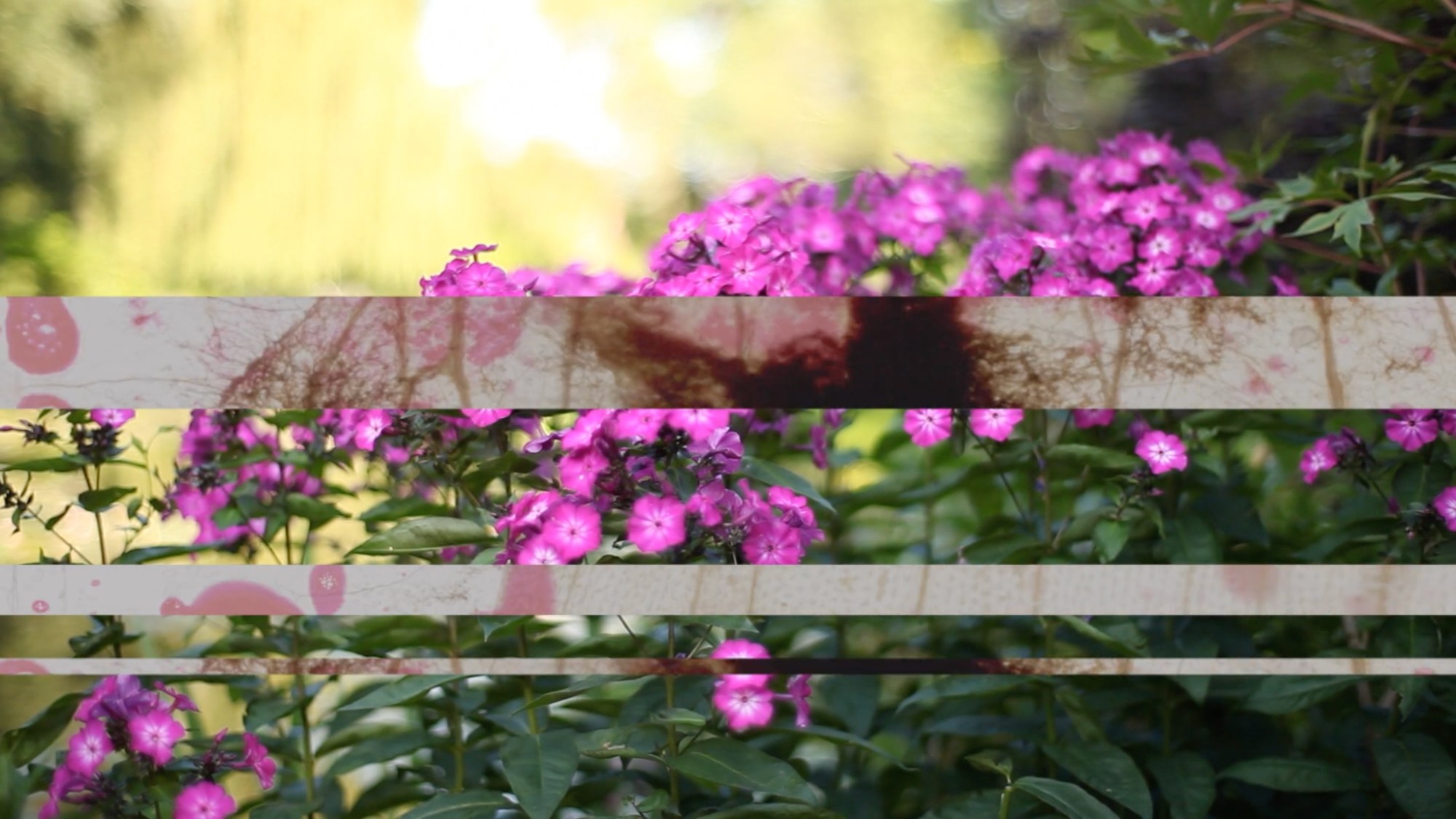
As she continued to pursue acting both in college and beyond, Ja’Tovia realised that her high school — and it’s inclusive approach to “rainbow casting” — was almost a utopian anomaly. In the “real world” she was “met with the white supremacy of the acting industry immediately, even in a training context,” she says. “When you’re in a BFA program, it’s like, ‘we’ve got to go hardcore realism,’ and either you’re going to be a slave, or you’re going to be a cook.”
She ended up dropping out, going out to auditions on her own, and booking gigs for “shitty commercials” while waiting tables and exploring New York nightlife. Eventually, she returned to The School of Visual Arts with a new plan to study film and documentary. “That switch from actor to documentary filmmaker was about autonomy,” she says. “I wanted to be in charge of directing the story, creating the narrative. It was very much about snatching that bag.”
During grad school, as she began to develop a methodological framework, Ja’Tovia cold-emailed the artist Simone Leigh with a request to capture the process of creating and completing a work from start to finish, for a film she’d title Women’s Work. She’d been receiving feedback from professors that she should aim to be more “objective”, stemming from a long-troubled mandate in the field of documentary that can fail to recognise power and positionality, often upholding the logic of colonisation. What interested her was pushing back on the idea that documenting the Black female experience was too niche an area of inquiry, or that she was too biased to investigate it. She used Simone’s words from their interview as an opening: ‘My audience is primarily Black women. And I don’t see that as small at all. I see that as quite something.”

“They were making me feel like what I was doing wasn’t that,” Ja’Tovia explains. “That I should broaden and take their advice, to cut out my voice and hide my hand. To hear Simone’s ideas around autonomy and artmaking and audience and agency (Who is this for and why?) shifted things for me. When I think about my work, I’m always asking myself these questions.” Today, she is at peace with the reality that her work is not for everyone.
“To me, specificity is the name of the game. That’s why I named my show You Smell Like Outside. Only a handful of people know what that means,” she says, referring to the southern phrase oft-repeated by Black parents whose children have come home smelling overripe after a day of play. “It’s not about being exclusionary, it’s about centring who I believe are the most vulnerable people in society. The people who are my reflections,” she says.
The Giverney Document — Ja’Tovia’s most well-known work, which lives alongside its three-channel iteration, The Giverny Suite— is a 42-minute series of juxtapositions, mixing street interviews with archival footage of Nina Simone, Josephine Baker and Diamond Reynolds, the girlfriend of Philando Castile, who inadvertently captured his death on Facebook Live. There are direct animations, Ja’Tovia’s hand intervening in the form of abstract drawings, and scenes of the filmmaker herself at Claude Monet’s orchard in Giverny. Both works expose compositional layers to both reveal and question how a narrative is constructed. The street interviews, filmed in Harlem, show Ja’Tovia stopping Black women on the street, each time repeating the same question: Do you feel safe?
For her, the “narrowing” of subject is not narrowing at all. “When I’m talking about Black women, we’re talking about hundreds of ethnic groups, dozens of languages, from multiple countries,” she says. “Even in this cross-section of women that we spoke to, you had women from West Africa, you had women from South America, you had women from the south, like myself. You had women from New York City. We’re talking about millions of people all over the globe. Yes, millions.”
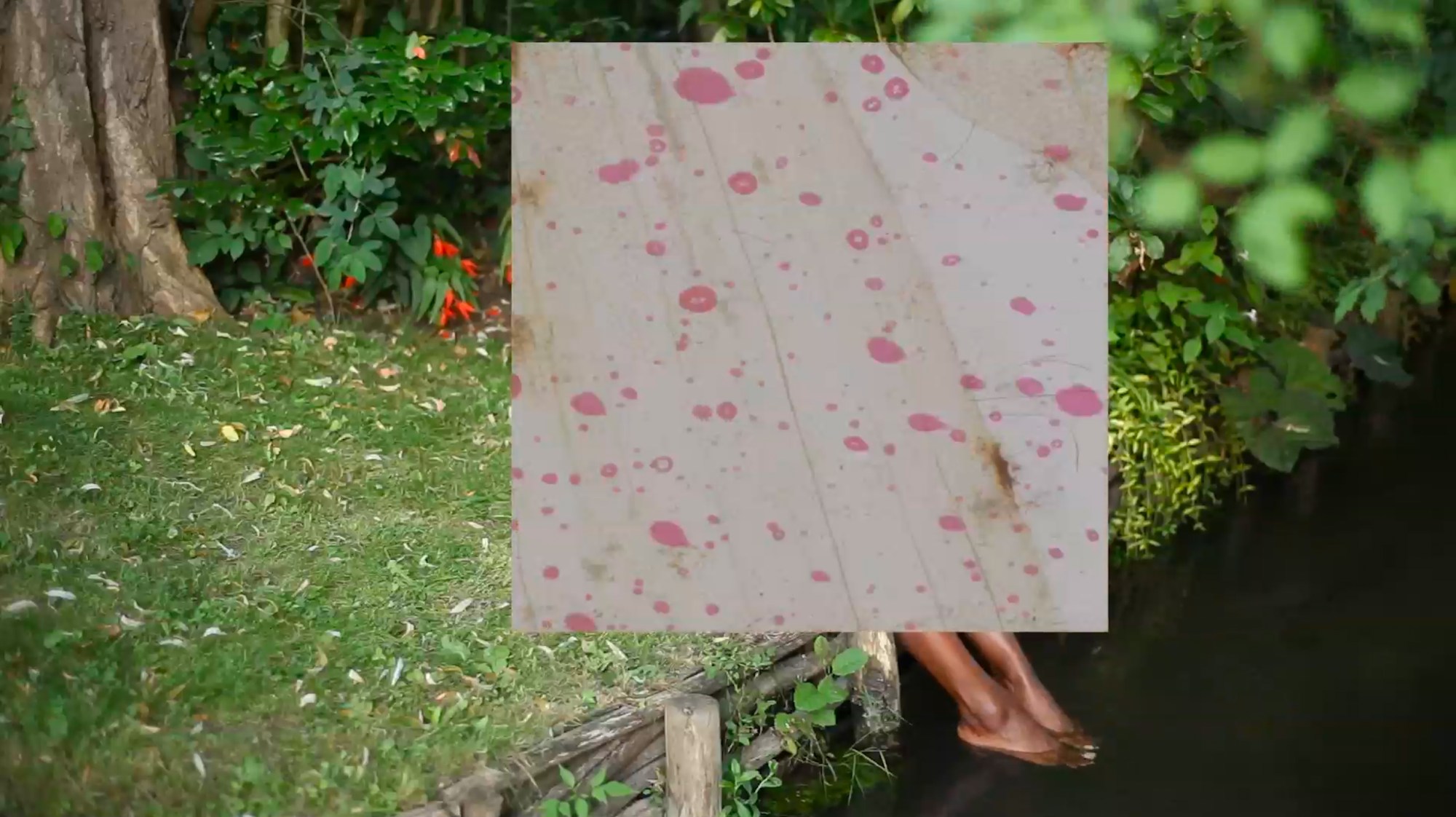
Though we tried to catch each other in between films at Black Star, the second time I see Ja’Tovia is at the Creative Captial Artist Benefit in September, where she is being honored as a distinguished guest. As she takes the stage, the audience applauded her contributions to art and film, all so deeply rooted in a lineage of Black women artists who have cleared her path. I can’t help but recall thoughts she shared over lunch around her relationship to the Black archive, and the multi-disciplinary role it plays in her work. We spoke about “Citational Ethics,” a series of sculptures she has created over the past six years, threading together the words of Zora Neale Hurston, Saidiya Hartman and Toni Morrison through script rendered in neon lights.
“I’m concerned with time and memory, and I feel like there is this unbroken circle. When you are engaging the archive, you are in some ways squishing that circle. You can draw a line from what happened in the past and make a connection. The fact that this happened 500 years ago, or 50 years ago, or five years ago, is inconsequential. It just brings up this idea of continuum. What is changing? What is not? What are we having to endure that we thought our ancestors had already.”
She wondered aloud what might happen, and how it might feel if the ancestral artists and thinkers that guide her work were to return someday. “If they could be here right now, talking to us, what would they say?”
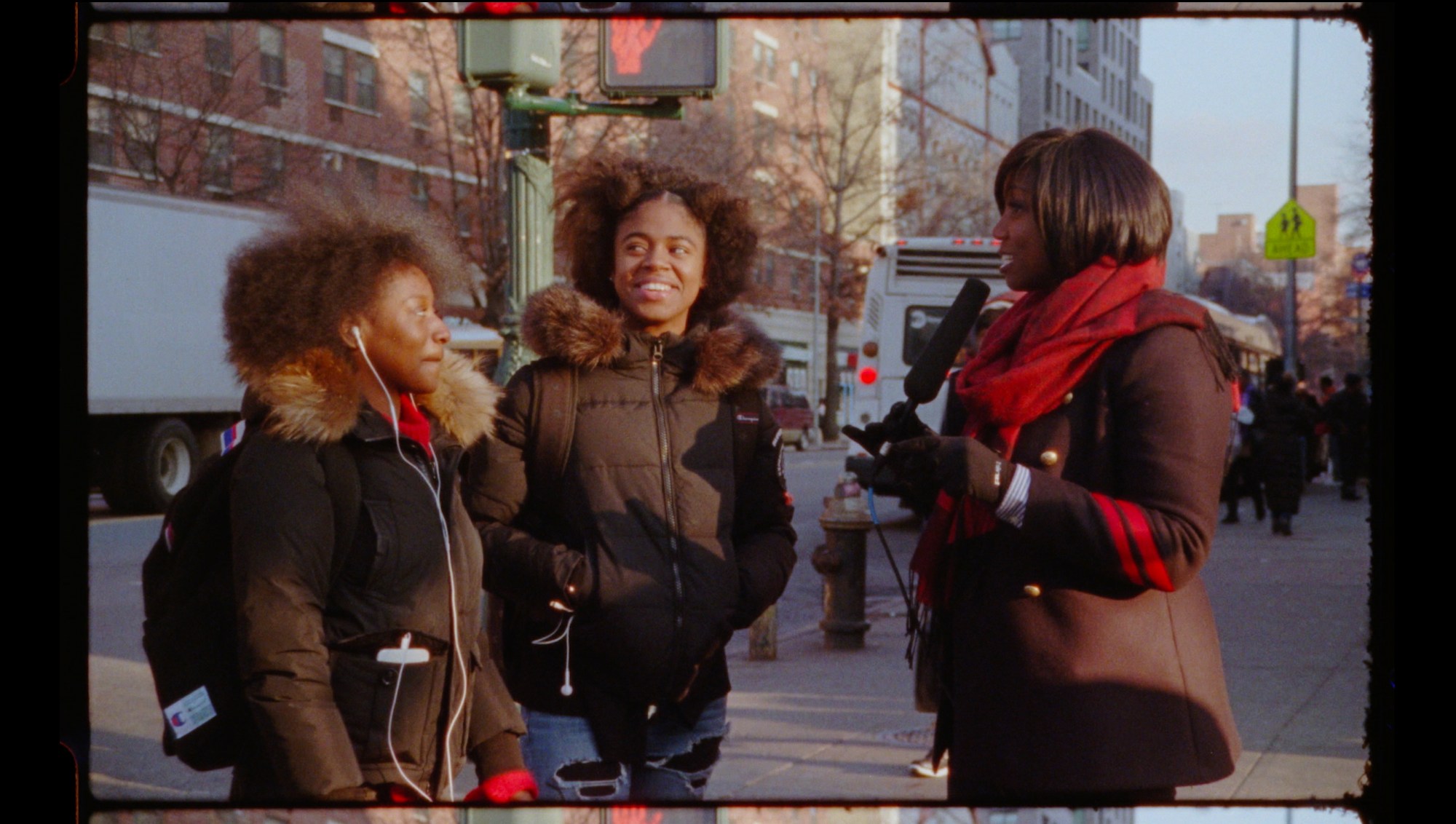
Credits
All images courtesy of Ja’Tovia Gary.
